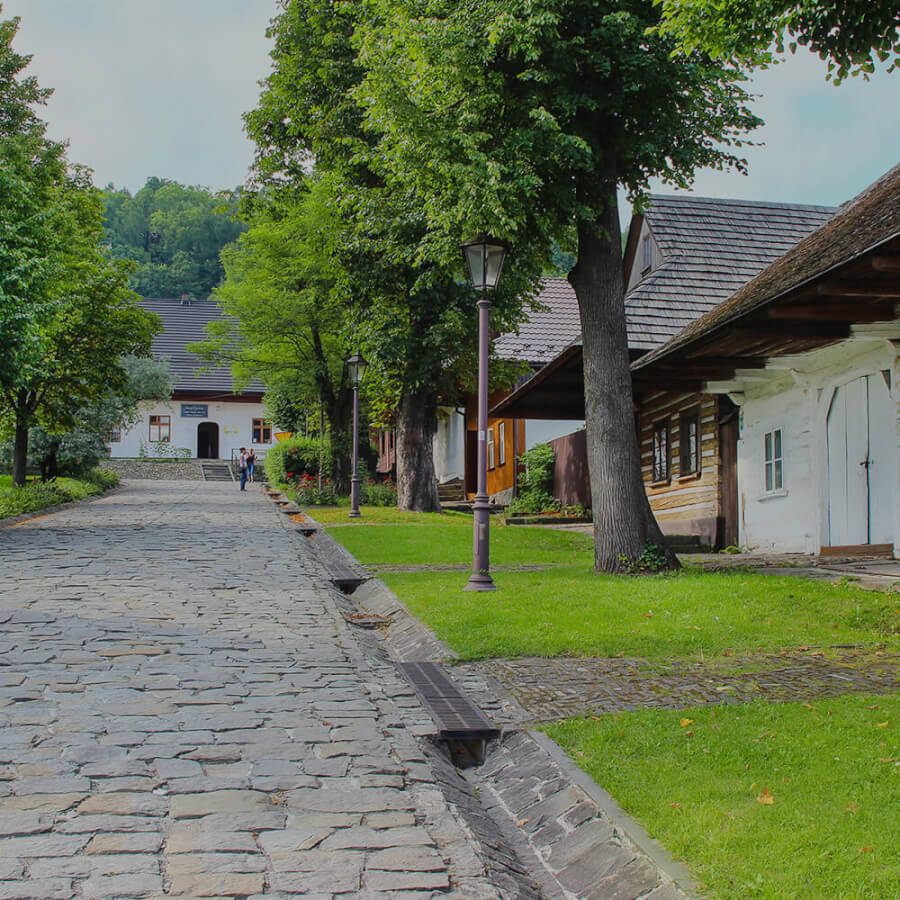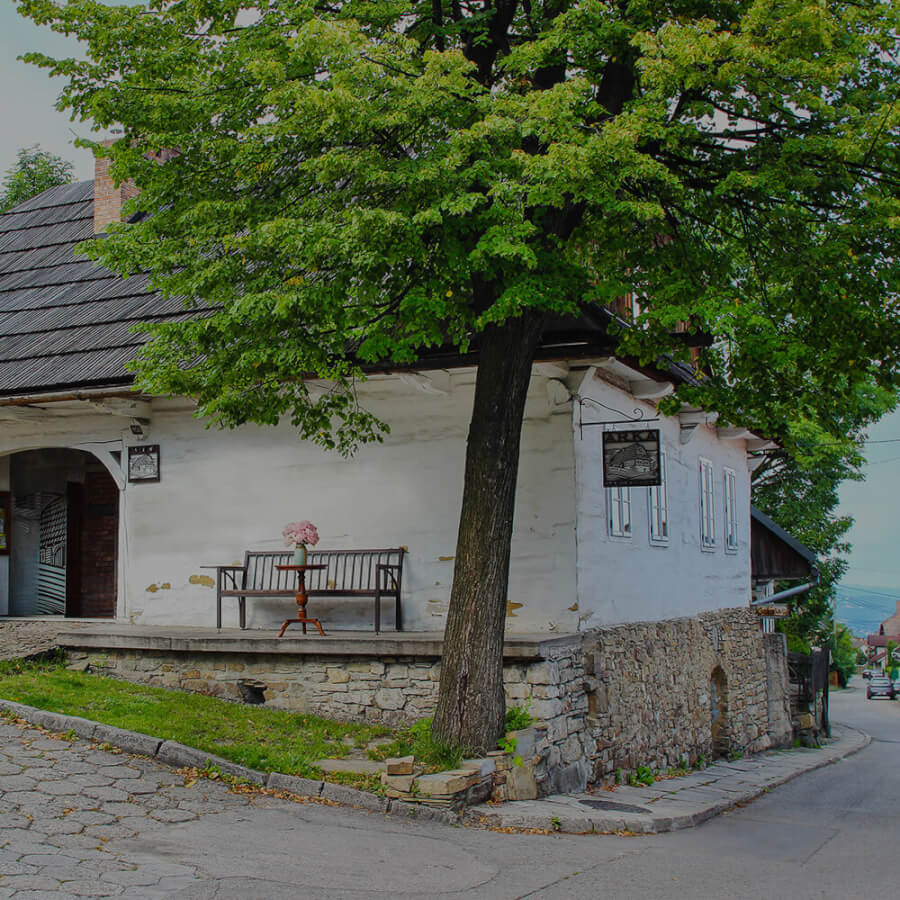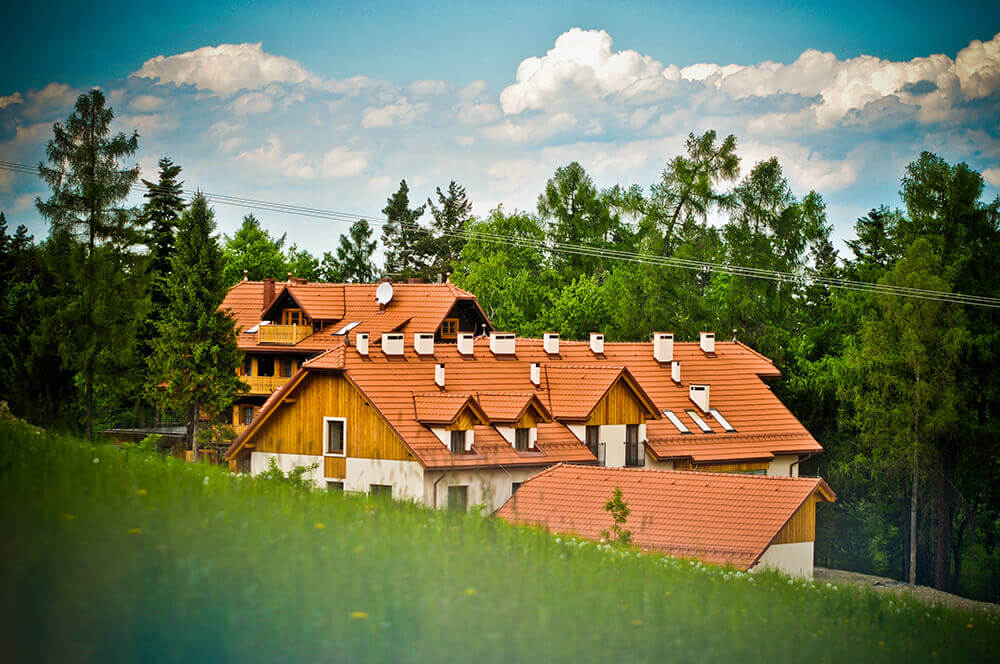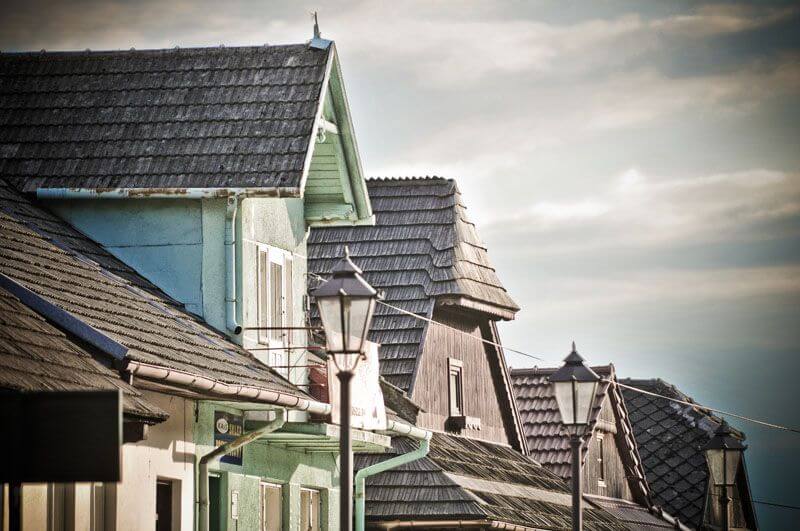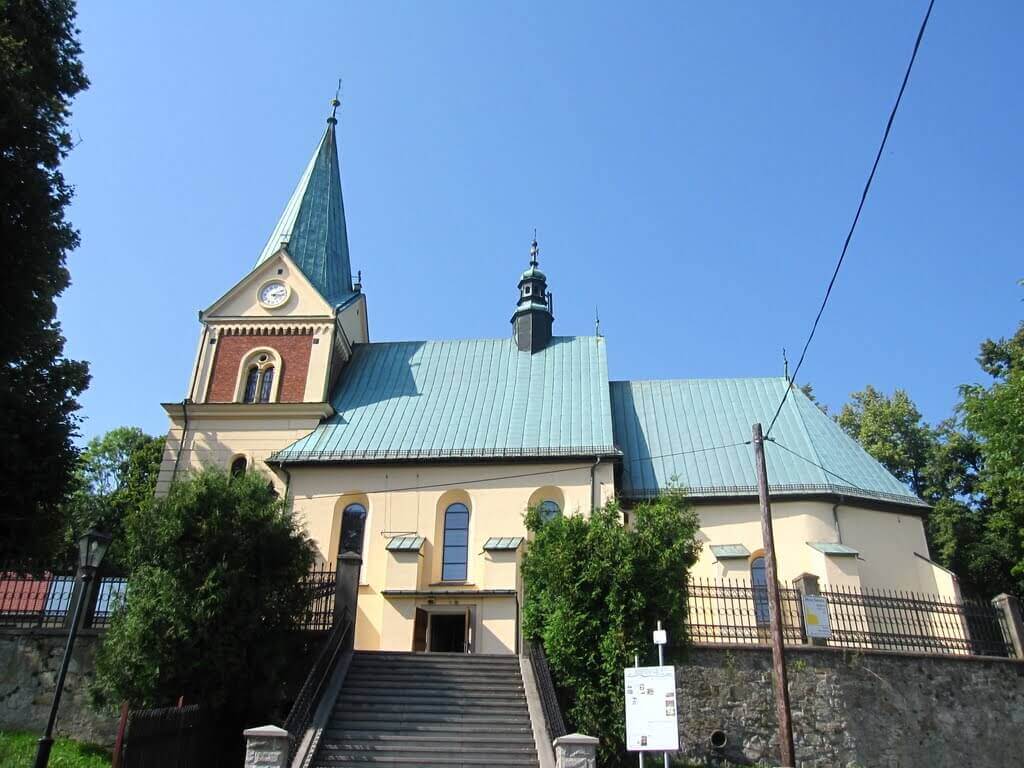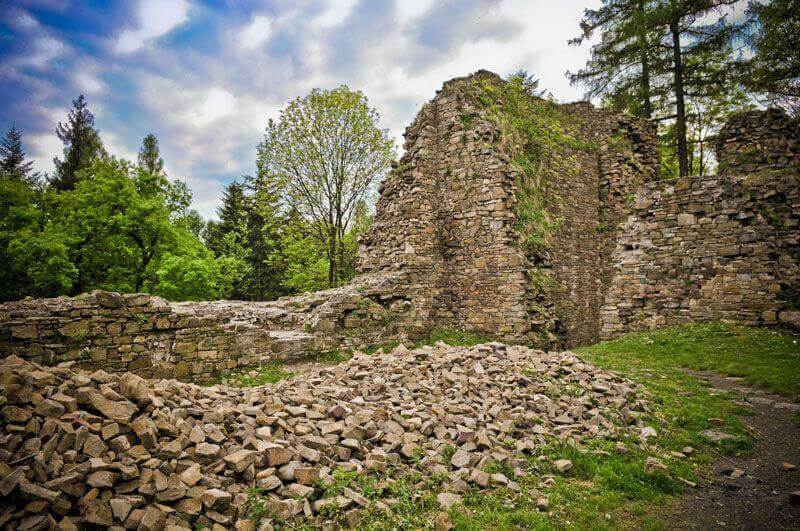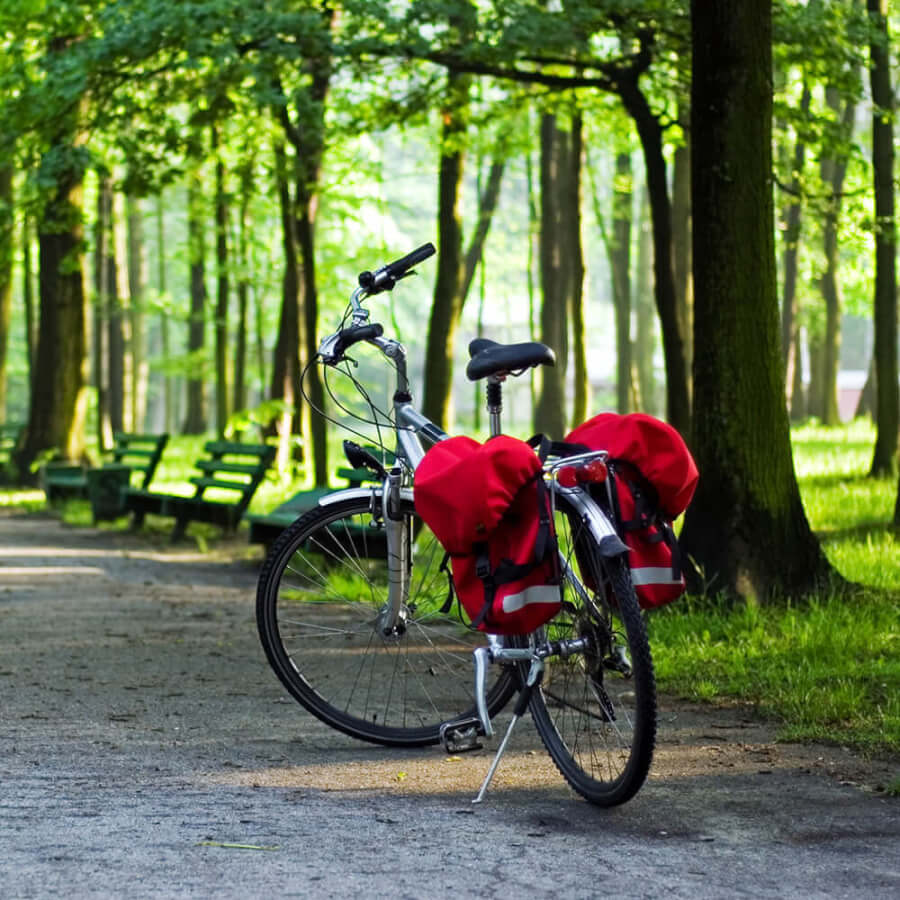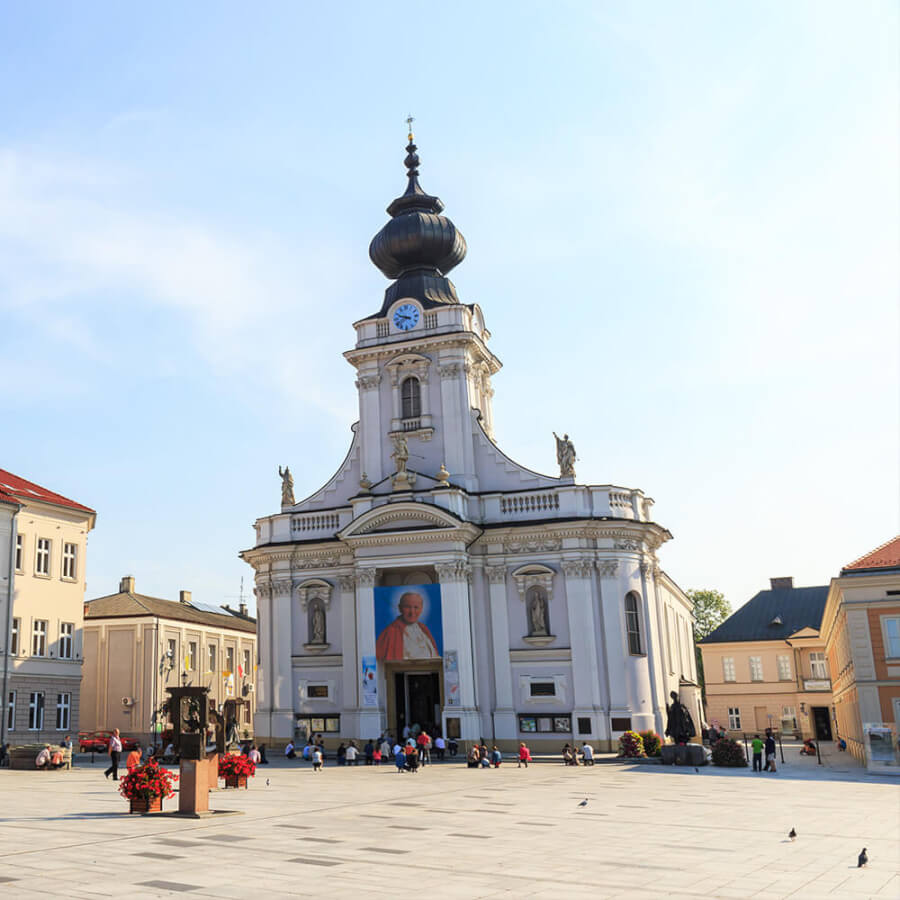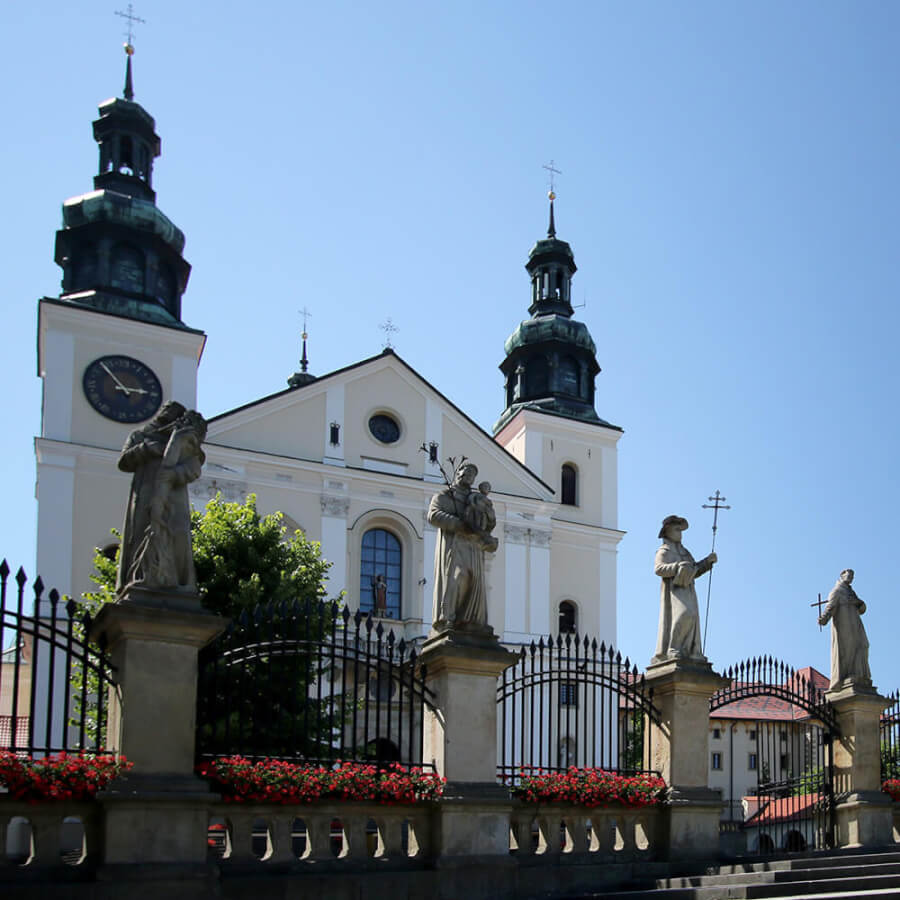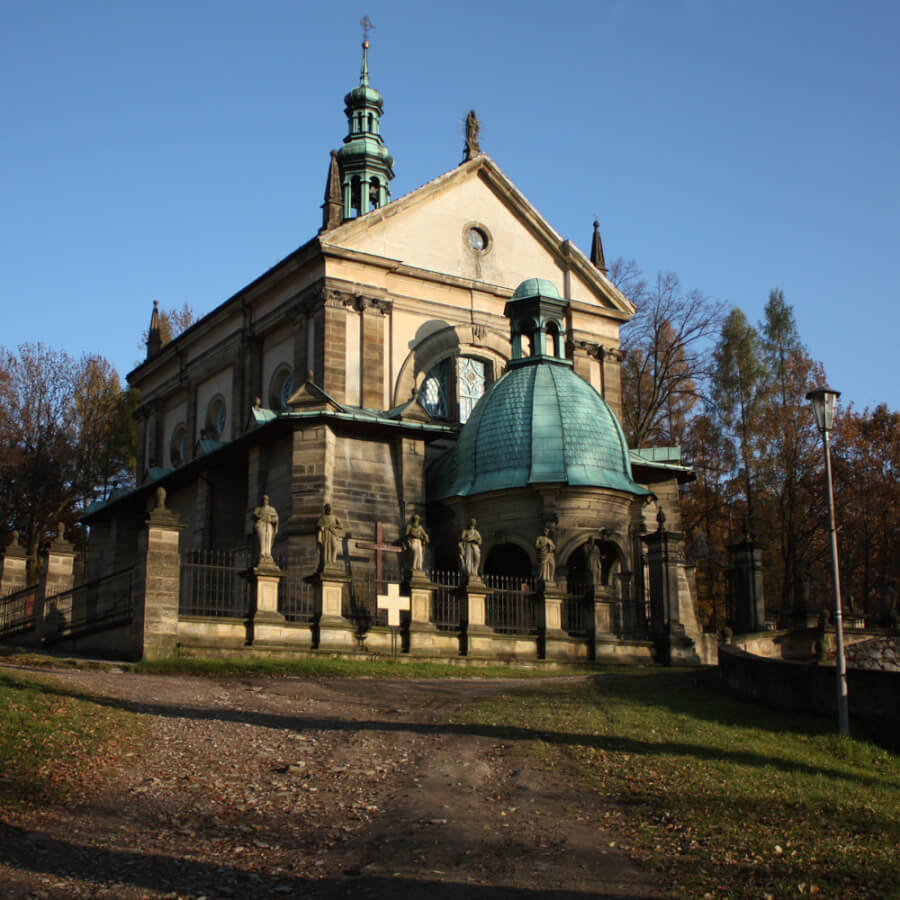The castle in Lanckorona is entered on the UNESCO World Heritage List. Looking at the remains of it: fragments of towers, a defensive wall, a courtyard and the foundations of a drawbridge, it is hard to imagine that one day it would be a real castle! Surrounded by a moat, equipped with a drawbridge, it consisted of a courtyard, a chapel, farm rooms and living quarters. According to the legends, it hid secret passages leading to the castle market situated at the foot of the hill. The entrance to them led through a well in the castle kitchen. Supposedly, there were also hidden passages connecting the castle with the Calvary Monastery ...
The castle was probably built in the thirteenth century, but the first written records about the stronghold come from the fourteenth century. It was built by Casimir the Great - according to the chroniclers Jan of Czarnków and Jan Długosz write. Delighted with hunting in the surrounding forests, he decided to build a castle on the top of the hill. In the following centuries, the castle often changed owners (it was owned by, among others, Jagiełło, Lanckorońscy, Olbracht Laski, three generations of Zebrzydowski, Jan Karol Czartoryski, Józef Myszkowski with his wife Helena née Czartoryski), and its walls could see a lot! Bravely guarding the border with Silesia, he reminded his subjects of the great city of Cracow located nearby.
In 1655, it was taken over by the Swedes, after which they retreated, the wooden and earth stronghold was fortified. In 1768, the castle was conquered by the Confederates of Bar, forced to leave it by the Austrian army.
In the 19th century, as a result of hostilities, the stronghold fell into complete ruin. It remains in this state to this day.


